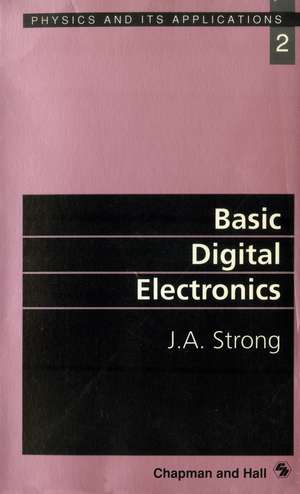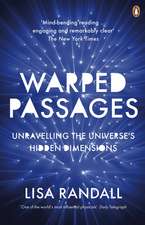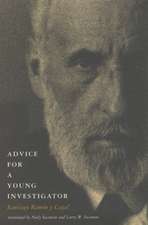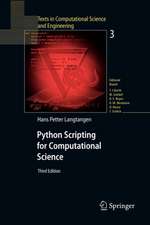Basic Digital Electronics: Physics and Its Applications
Editat de J.A. Strongen Limba Engleză Paperback – 7 feb 1991
Preț: 381.98 lei
Nou
Puncte Express: 573
Preț estimativ în valută:
73.10€ • 75.52$ • 60.81£
73.10€ • 75.52$ • 60.81£
Carte tipărită la comandă
Livrare economică 19 martie-02 aprilie
Preluare comenzi: 021 569.72.76
Specificații
ISBN-13: 9780412399909
ISBN-10: 0412399903
Pagini: 232
Ilustrații: XII, 220 p.
Dimensiuni: 140 x 216 x 12 mm
Greutate: 0.27 kg
Editura: SPRINGER NETHERLANDS
Colecția Springer
Seria Physics and Its Applications
Locul publicării:Dordrecht, Netherlands
ISBN-10: 0412399903
Pagini: 232
Ilustrații: XII, 220 p.
Dimensiuni: 140 x 216 x 12 mm
Greutate: 0.27 kg
Editura: SPRINGER NETHERLANDS
Colecția Springer
Seria Physics and Its Applications
Locul publicării:Dordrecht, Netherlands
Public țintă
ResearchCuprins
1 Introduction.- 2 Basic gates.- 3 Gating circuits.- 4 Latches and flip-flops.- 5 Registers and counters.- 6 Memories.- 7 The analogue connection.- Appendix 1 Boolean algebra.- A1.1 Rules.- A1.2 Algebraic minimization.- A1.3 Minimization in product-of-sums form.- Appendix 2 Logic families.- A2.1 TTL circuits.- A2.2 Open-collector output.- A2.3 Tri-state output.- A2.4 Schmitt trigger inputs.- A2.5 Schottky TTL.- A2.6 Emitter-coupled logic (ECL).- A2.7 MOS logic.- A2.8 Conversion between TTL and CMOS.- A2.9 A CMOS oscillator circuit.- Appendix 3 Designing and testing.- A3.1 Designs and diagrams.- A3.2 Prototyping methods.- A3.3 Testing.- Answers to problems.- Further reading.


















